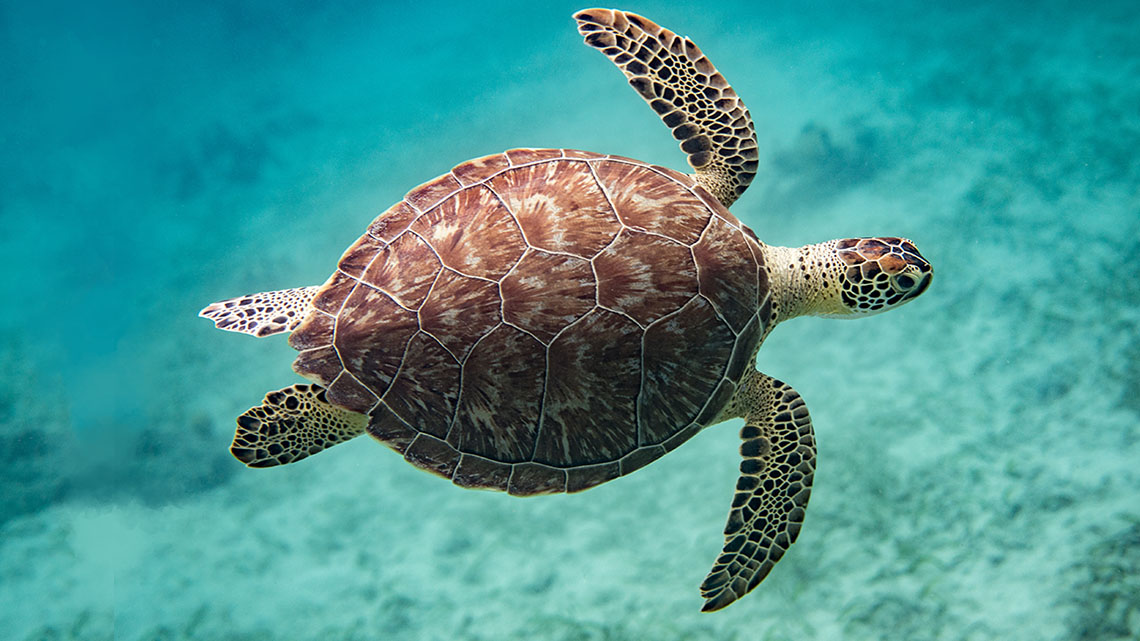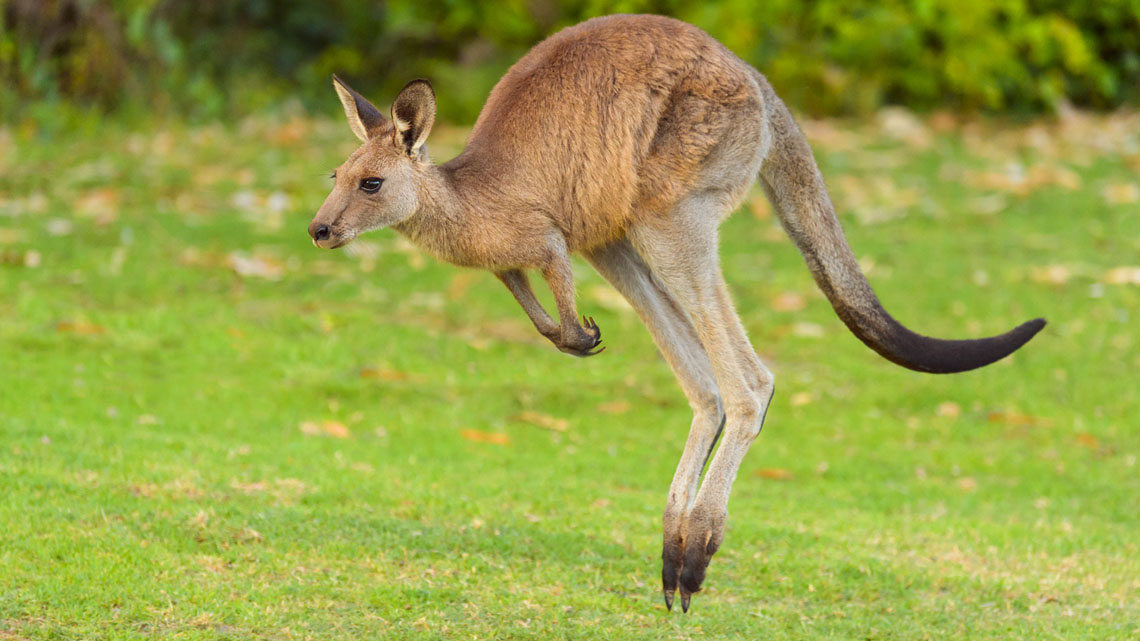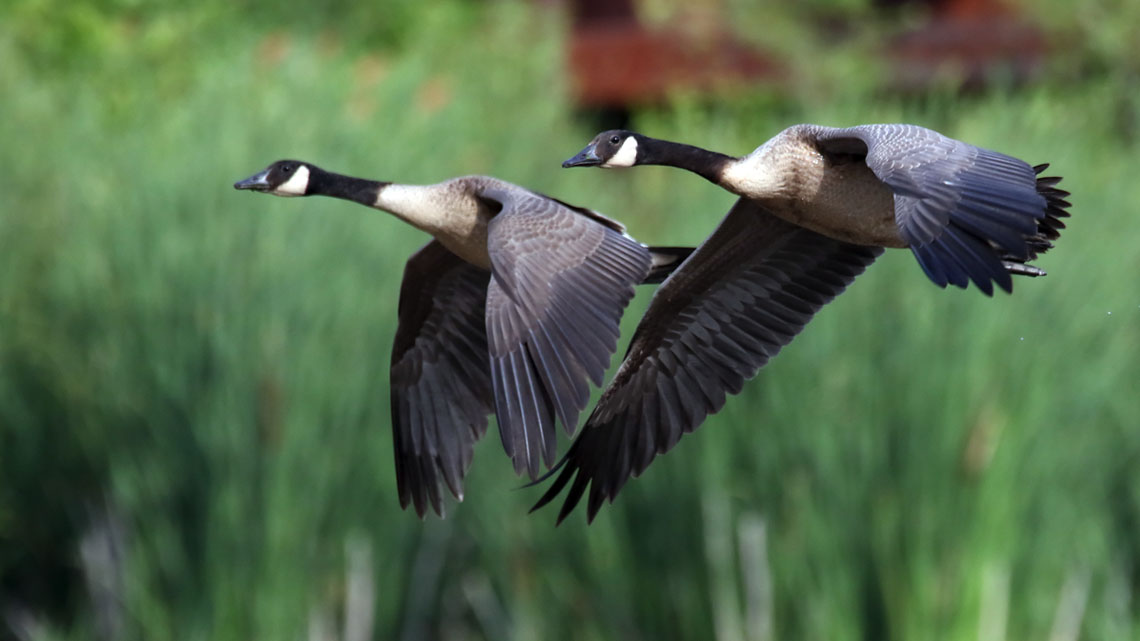Minds On
Let’s get started!
Animals move in different ways!
Examine the following images and descriptions.
- How do you think each of these animals might move?
- Can you think of other ways that animals move?
Record your ideas digitally, orally, or on paper.
Action
Animals move in different ways
Revisit the images and descriptions of the animals from the Minds On.
How do these different animals move?
In the following Matching activity, choose the kind of movement that best fits the animal!
Can you think of other ways that animals move?
Press ‘Possible Answer’ to find out some ways.
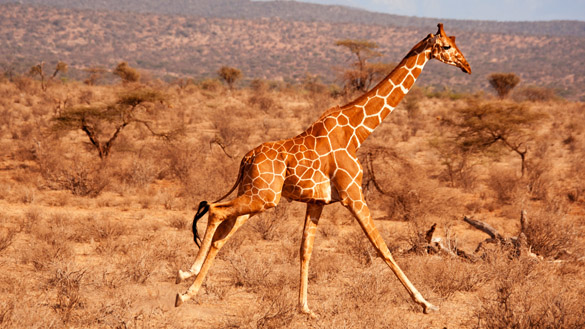
Giraffe
Some animals run.
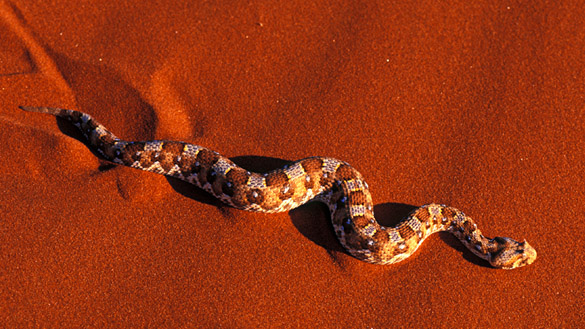
A snake
Some animals slither.
Animals can move in different ways. They can also learn to move in different ways through their life cycle. A life cycle is a group of stages through which an animal passes during its lifetime.
In this Learning Activity, we’re going to explore the life cycle of a frog and how its movement changes throughout its life.
The life cycle of a frog
How do frogs change throughout their lives?
Frogs are animals that go through metamorphosis. A metamorphosis means that as they grow, they completely change form.
Let’s explore the four stages in the life of a frog: egg, tadpole, froglet, and adult frog.
Egg
Frogs start off as little eggs.
Explore the following video to learn more about how eggs move.
How do the frog eggs move?
Press ‘Answer’ to explore the answer.
As time passes, the eggs expand (get bigger). The water can also sway them back and forth.
Tadpole
After frogs hatch from eggs, they are known as tadpoles. They live in water, have long and flat tails, and gills like fish.
Explore the following video to learn more about how tadpoles move.
How do tadpoles move?
Press ‘Answer’ to find out how they move!
Tadpoles swim like fish. They move their bodies and tails back and forth. This motion moves them forward through the water.
Froglet
As a froglet, the frog grows back legs and arms and will lose its tail and gills. This changes the way they move.
Explore the following video to learn more about how froglets move.
How do froglets move?
Press ‘Answer’ to explore the answer.
They’ll start using their legs and arms to swim and climb onto things.
While swimming, froglets use their back legs to move through the water and their front arms to steer. It is like a swimming stroke that people can do called the breaststroke.
Frog
Frogs can move in the water and on land.
As frogs grow, they lose their gills and grow lungs. But they can still breathe under water by absorbing oxygen (breathing) through their skin.
Explore the following video to learn more about how frogs move.
How do frogs move?
Press ‘Answer’ to check your answer.
Frogs swim in the water. Many frogs use their back legs to jump, hop, and leap on land.
Frogs have four stages in their life cycle. Check your understanding of the stages using the following flowchart.
The following cards are stages that fit together in a cycle. Put the items in each answer box in the correct order.
Pause and Reflect
Frogs

Use the following questions to reflect on your learning so far.
When frogs are born, what are they like?
Press ‘Possible Answer’ to find out!
After frogs hatch, they are called tadpoles. They are like tiny fish! They live in water, have long and flat tails, and gills like fish.
How do frogs’ movement change as they grow?
Press ‘Possible Answer’ to explore some ideas.
In each stage of their life cycle, frogs learn to move in different ways. As eggs, frogs do not move very much. As tadpoles and froglets they move their bodies like fish. Once they grow legs and arms, they still swim like fish, but use their new body parts to swim and climb onto things. As adult frogs, they can jump, hop, or leap on land.
Do frogs have any characteristics that stay the same?
Press ‘Answer’ to check out what characteristics stay the same.
Adult frogs do not have gills, but they can breathe underwater. They do this by absorbing oxygen (breathing) through their skin.
What frog characteristics change during their life cycle?
Characteristics of animals can include:
- body shape
- body covering (e.g., fur, hair, skin, feathers, or scales)
- size (e.g., small, medium, large)
- body parts (e.g., arms, legs, wings, tails, fins)
- where they live (e.g., on land, in the water)
Press ‘Possible Answer’ to explore some guiding ideas.
Frogs are animals that go through metamorphosis. These means that as they grow, their bodies change a lot!
Frogs start as tiny eggs and hatch into tadpole that are like fish with gills and long and flat tails.
Then, as froglets, they grow arms and legs and eventually, lose their tails and gills and grow lungs.
As adult frogs, they can jump around on land and swim underwater.
Consolidation
Putting it all together
How do they move?
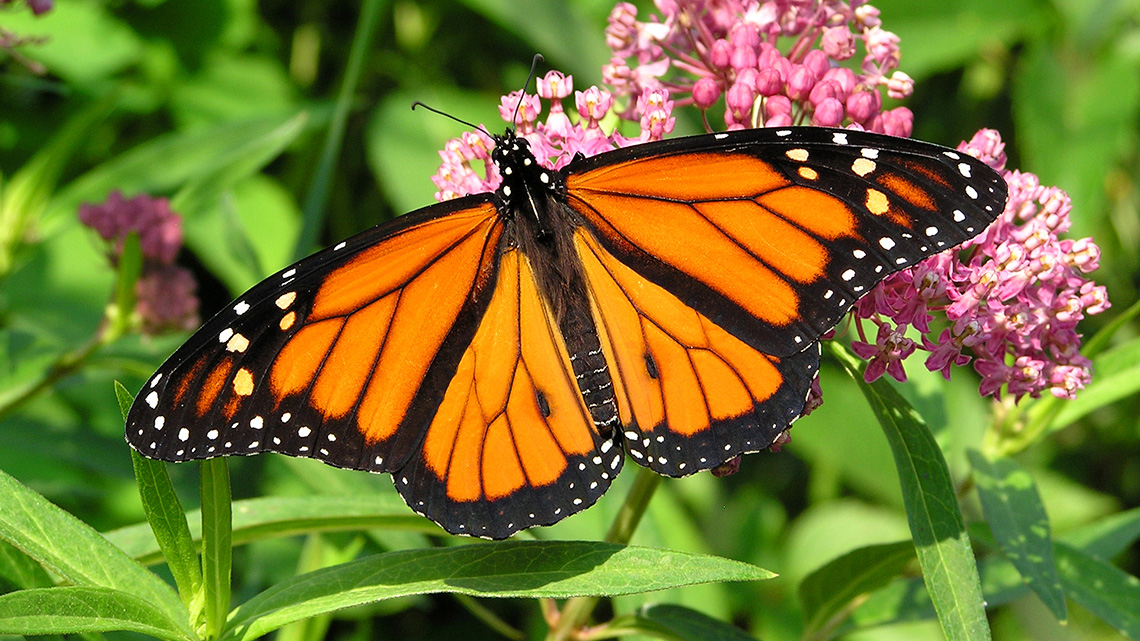
The butterfly is another animal that goes through metamorphosis.
Press ‘Hint’ to access an idea about metamorphosis.
A metamorphosis means that as an animal or an insect grows, they completely change form.
As butterflies grow, they complete change form.
The four stages of a butterfly’s life cycle are egg, larvae (caterpillar), the pupa (chrysalis), and the adult butterfly.
 Description
Description
The four stages of a butterfly’s life cycle are egg, caterpillar, pupa and adult. The eggs are laid on leaves. The caterpillar, also known as the larva, move using their many legs. The caterpillar creates a pupa, or a chrysalis on a twig inside a hard shell. When the shell splits open an adult butterfly with wings comes out.
Examine the following two videos of a caterpillar and a butterfly.
In your own words, describe how the movement of the butterfly changes.
Record your ideas digitally, orally, or on paper.
How are the movements different? Are they similar in any way?
Press ‘Hint’ to explore possible characteristics of animals and insects.
Observable characteristics of animals and insects include:
- body shape
- body covering (e.g., fur, hair, skin, feathers, or scales)
- size (e.g., small, medium, large)
- body parts (e.g., arms, legs, wings, tails, fins)
- where they live (e.g., on land, in the water)
If possible, try out the different movements yourself.
Let’s reflect
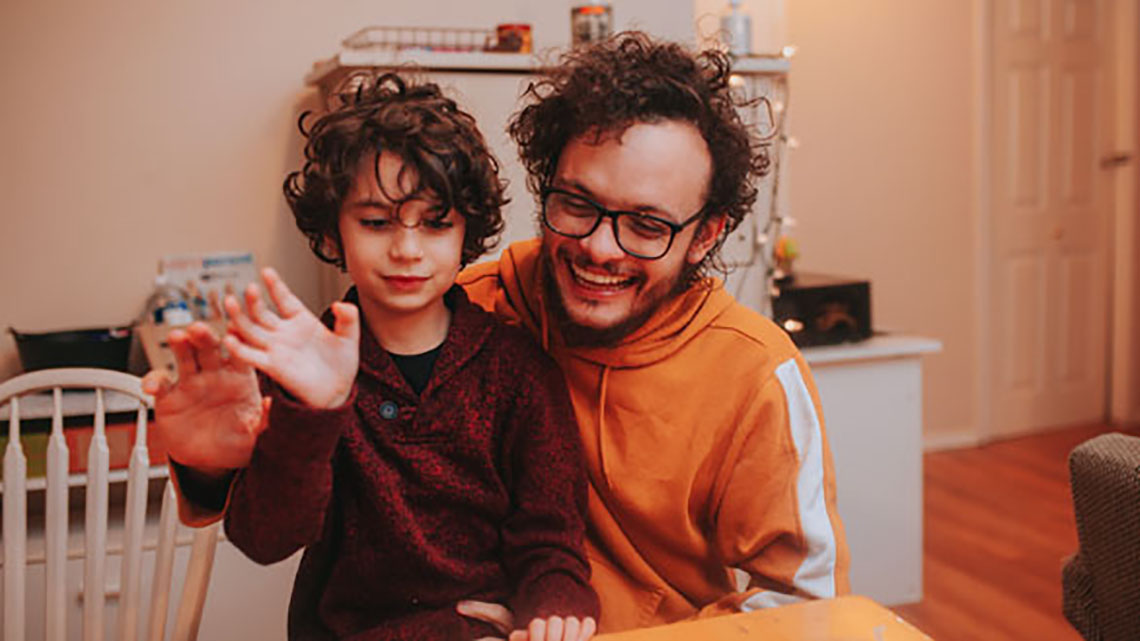
Use the following questions to reflect on your learning.
- What was the most interesting or memorable thing you learned?
- What is something that surprised you?
- What are some questions that you have about the life cycle of a frog?
Share your learning using the words: frog, life cycle, stages, and metamorphosis.
You may choose to:
- draw a picture and label the important part
- tell someone
- write about it
- create an audio or video recording
Reflection
How do you feel about what you have learned in this activity? Which of the next four sentences best matches how you are feeling about your learning? Press the button that is beside this sentence.
I feel…
Now, record your ideas about your feelings using a voice recorder, speech-to-text, or writing tool.
